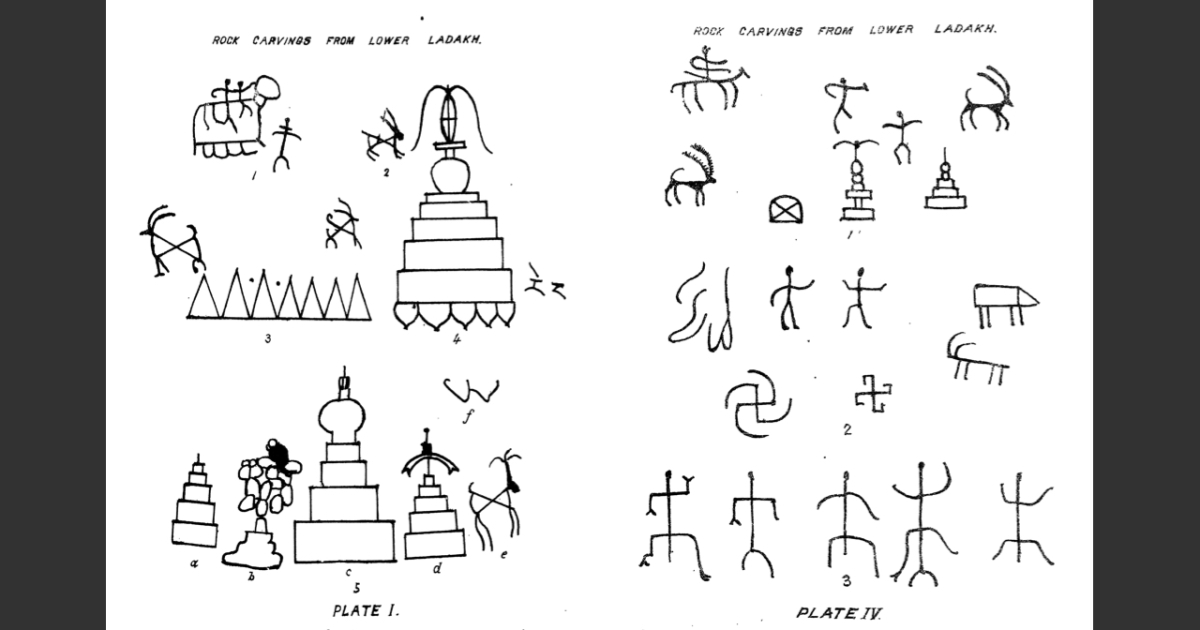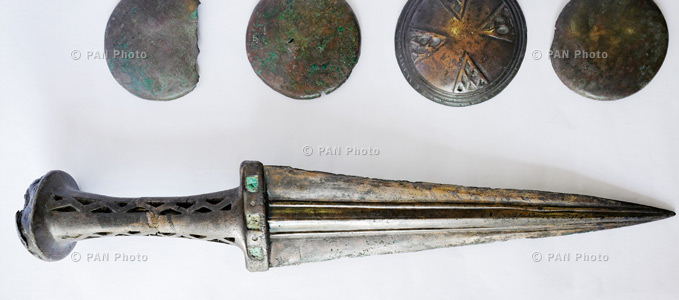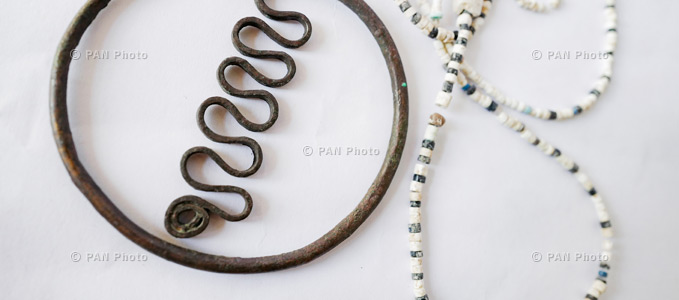Salento
Regular Member
- Messages
- 5,635
- Reaction score
- 2,838
- Points
- 113
- Ethnic group
- Italian
- Y-DNA haplogroup
- T1a2 - SK1480
- mtDNA haplogroup
- H12a
@Salento & Pax,
Are you planning on processing and posting the new samples from these three studies in Dodecad K12b Format?
Hi Pax and Jovialis, I have all the 700+ Coordinates from the Dataset, though when I compared with some of the ENA Bams I got a 0.5 to 2 point distance difference, … I’m not sure which one is more accurate.
All the results that I’ve seen around are from the Dataset, I think.
It would take a long time to process 700+ bams, but if you like I can post the Dod k12b coordinates from the Dataset.












